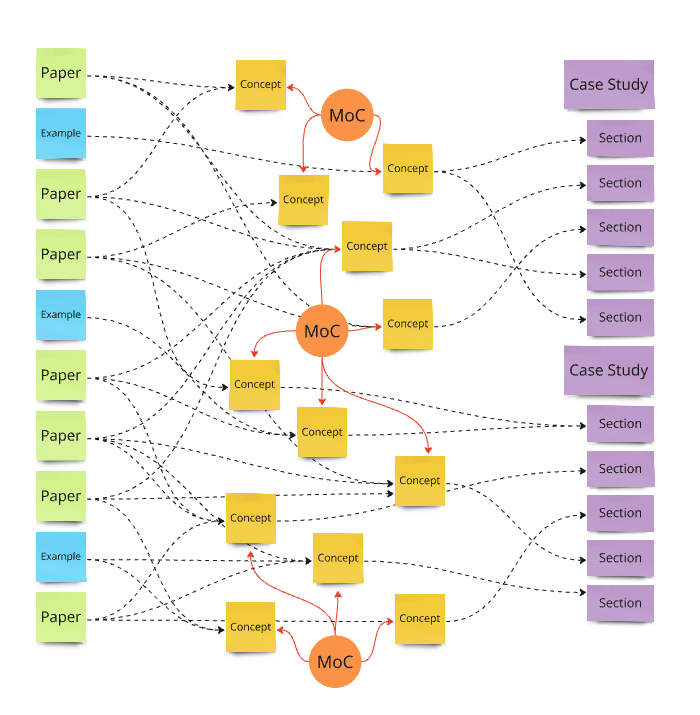Ok so when I moved house I thought it would be really easy to get settled in and it hasn’t been. I’m exhausted from a much longer commute and waiting for my body to catch up and am always on my feet working on getting things to a place I’m at least broadly happy with. I have nowhere to work and perching on the edge of the dining table around a tiny screen and a greasy keyboard isn’t doing it for me but I’m hoping to be up and running as soon as possible.
1. Revelation isn’t reason, transparency isn’t understanding
I think about this a lot. Quinn Norton once said (paraphrasing because I lost the source) that ‘why wasn’t I consulted?’ was going to become the driving rubric of the Internet. People ask a lot for transparency and it sits awkward with me. Gemma Milne’s book on hype first elicited for me this idea that debates over the explainability or transparency of AI are largely irrelevant to people for whom institutions and decision-making is already a black box. Reading David Watson’s paper on anthropomorphism reiterated it:
Proponents of algorithmic explainability are quick to point out that human experts are often unwilling or unable to articulate the reasoning behind their decisions (Watson, 2019, p. 17)
I’m not a technological ethicist, there are better people for that. But I increasingly suspect that transparency is a cudgel to distract from actual understanding and engagement with change. A sort of inarticulate demand to understand and control that can’t be satisfied by simple revelation and may in fact be a distraction as Kerr et al suggest.
And while ‘transparency’ is a prominent public concern in our survey, studies suggest we are unlikely to develop a kind of AI transparency the public can understand (Burrell, 2016), and it may be an unrealistic ideal distracting us from persistent civic rights concerns and deeper ideological and political questions of accountability when AI solutions are deployed in different domains (Kerr et al., 2020, p. 9)
2. The very existence of the so-called Turing Test presupposes AGI
How much of AI development is just about meeting the expectation of the ‘mother of all benchmarks‘ laid down 75 years ago? I was re-reading Hayles who made this point
Like a magician that distracts the audience’s attention by having them focus on actions that occur after the crucial move has already been made, the Turing test, through its very existence, already presupposes consensus on the criteria that render inevitable the conclusion that machines can think. (Hayles, 2005, p. 12)
In much the same way, for alchemy, the existence of gold was proof enough that gold could be made by recombination of existing elements, Hayle’s suggests that once you can perform the cognitive power (framing it as intelligence) of a cockroach in a machine, you are able to extend that all cognition (including human) can be performed by machine and therefore argue that all intelligence is mechanic. Incidentally that paper was the inspiration behind Finite State Fantasia.
3. Chore Jackets and three design paradigms
This great little video about the chore jacket could be a primer in design; how the utilitarian original, the smart reinterpretation and a critical interpretation all present different faces of how the objects we make and have tell stories about society.
4. Malina has a newsletter
My friend and colleague, Malina has started a newsletter exploring their work in futures, design and the history of architecture. Go and put your mark in the box please to sign up for more.
5. Mattergen
I haven’t read a newsletter or update in months but Alana slipped Mattergen under my nose. A new system from Microsoft that generates materials based on constraints specified in the prompt. The key thing that Alana was pointing out is that it reorients the role of generative AI in the design process. Where before it might have been more applied in concept generation with constraints of materials being applied to that concept based on the designers’ understanding, here concepts can be much more open and creative and then materials designed to fit the concept. The point where knowledge of constraint is emphasised is moved up the design process.
PhD

I managed to get a bunch of stuff done before moving and clear most of my old notes out of Scrivener and into Obsidian (which is basically the yellow and orange bits). Once I’m settled in I should be able to start now moving towards the purple end of this chart. I want to have the next chapter well on the way by Easter so I can feel like I’ve done or am doing something.
Recents and upcoming
Hurry Up We’re Dreaming – London, 11th Feb
I’m doing a panel event with Hurry Up We’re Dreaming on the 11th February in London on magic, AI, futures and so on. Some great folks on that panel as well who you should definitely be hearing from.
No Harm Done – Melbourne, 13th Feb
Beaming in to Melbourne to have a chat with my colleague and friend Bree on more AI, ethics, design, tech and so on as part of ACMI’s
More-than-human Sustainable and Smart Cities
We kicked off this research project being led by Sara Heitlinger of which Arup are an industry partner last week.
Right, my coffee machine just exploded for some reason, there’s a storm blowing right when I need all the windows open to sand a bunch of plaster and I’m off to scribe insulated plasterboard. Love you and speak soon.